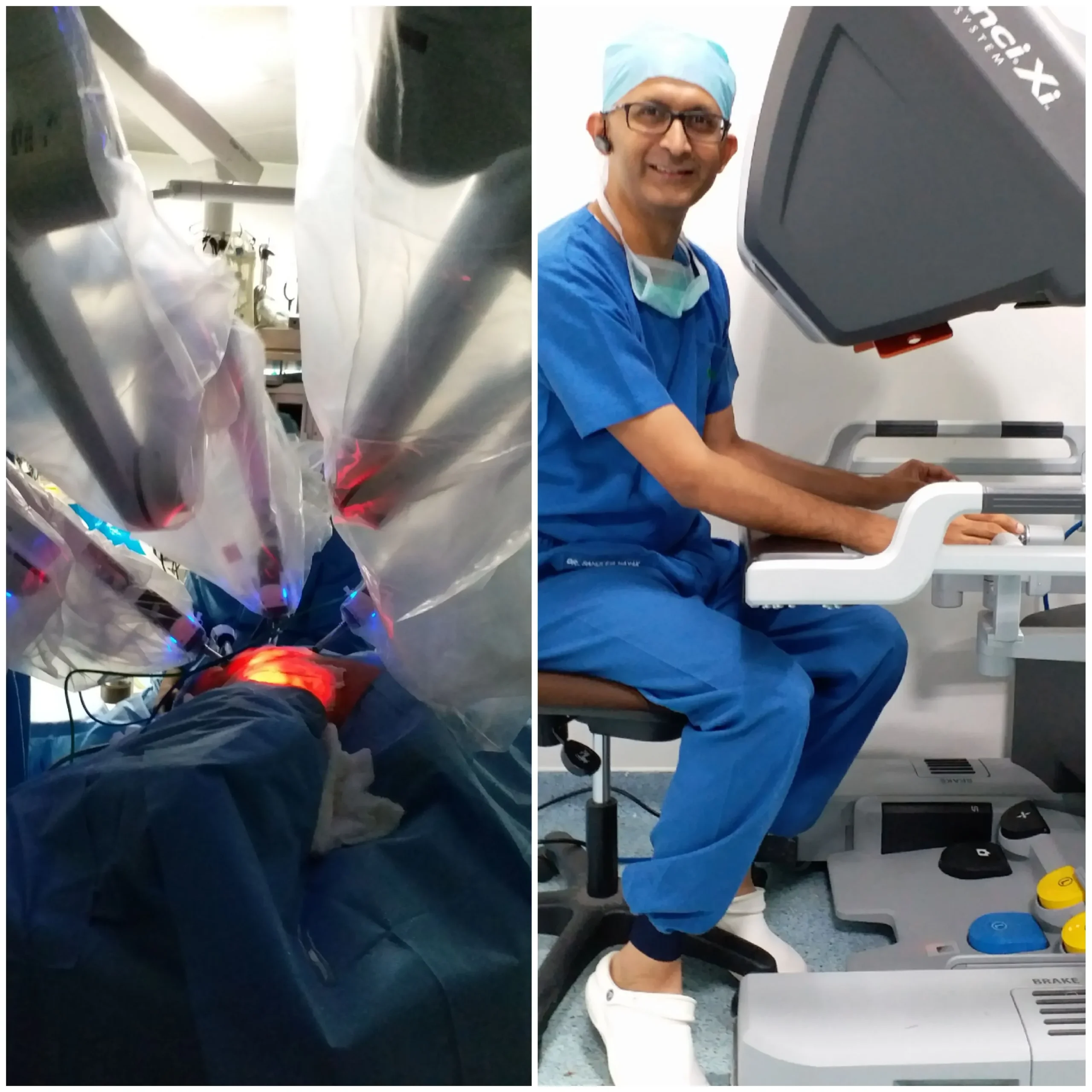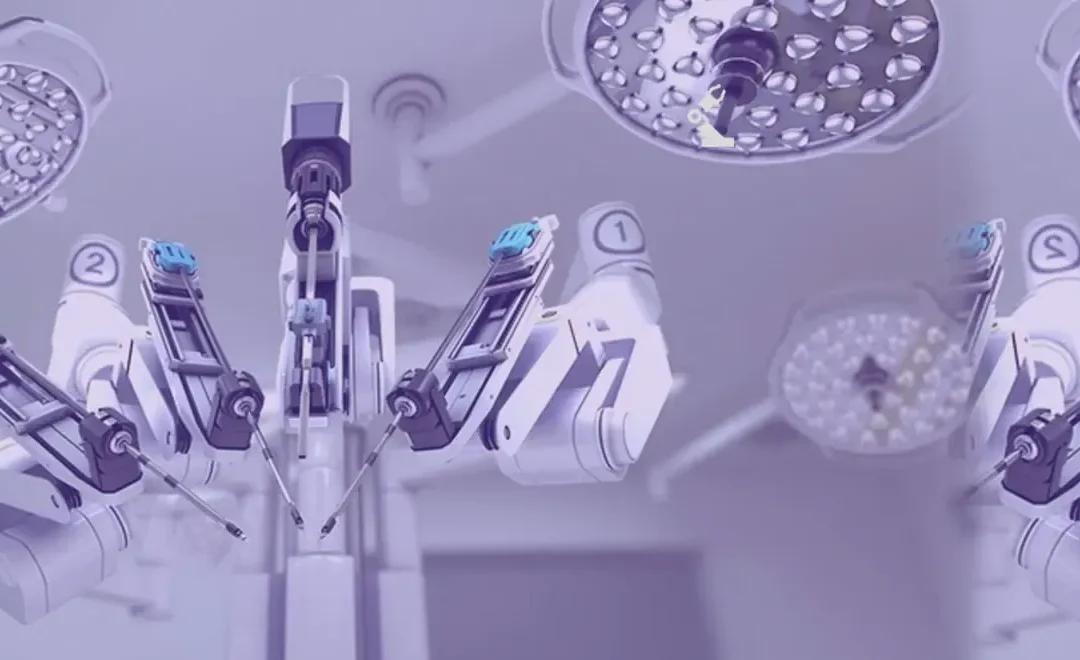This is attributed to the revolution of technology, that allows the surgeon to access the cavities of the human body and operate inside them using sophisticated instruments, that make extremely precise and delicate movements under the surgeon’s commands. The main benefit of all these minimally invasive techniques is the limited insult, not only of the target organ, but also of the adjacent structures, resulting in a faster recovery and a shorter hospitalization, maintaining in most cases the normal physiological functions.


Today the world has moved on from discussing about the advantages of laparoscopy over open surgery, to the advantages of robotic over laparoscopy. Robotic surgery is already established in many fields, especially in urological cancer, with a large number of radical prostatectomies, as well as nephrectomies, performed robotically. The use of robotic surgery for rectal and esophageal cancer is also on the rise as it provides distinct advantage over laparoscopic surgery in these areas. The greatest challenge in robotic surgery is the cost of the equipment and the resultant high rates for the patient. As this technology becomes more common and more surgical robots come into market, we expect the cost to come down over next few years.
Nevertheless, humankind is closer than ever to truly being able to perform the most advanced operative surgeries through the least traumatic incisions, with laparoscopy finding favor among patients and doctors!

